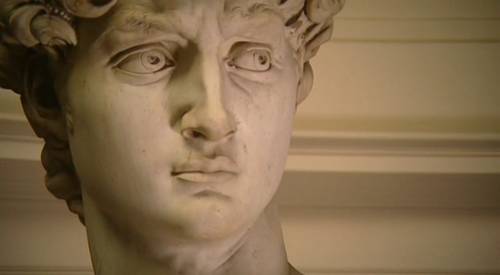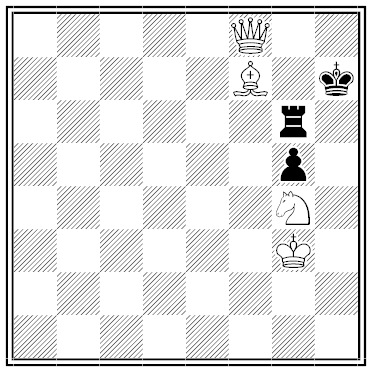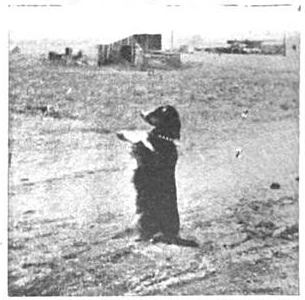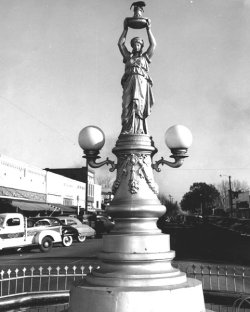
I cannot omit a rather childish story which Vasari tells about the David. After it had been placed upon its pedestal before the palace, and while the scaffolding was still there, Piero Soderini, who loved and admired Michelangelo, told him that he thought the nose too large. The sculptor immediately ran up the ladder till he reached a point upon the level of the giant’s shoulder. He then took his hammer and chisel, and, having concealed some dust of marble in the hollow of his hand, pretended to work off a portion from the surface of the nose. In reality he left it as he found it; but Soderini, seeing the marble dust fall scattering through the air, thought that his hint had been taken. When, therefore, Michelangelo called down to him, ‘Look at it now!’ Soderini shouted up in reply, ‘I am far more pleased with it; you have given life to the statue.’
— John Addington Symonds, The Life of Michelangelo Buonarroti, 1893





